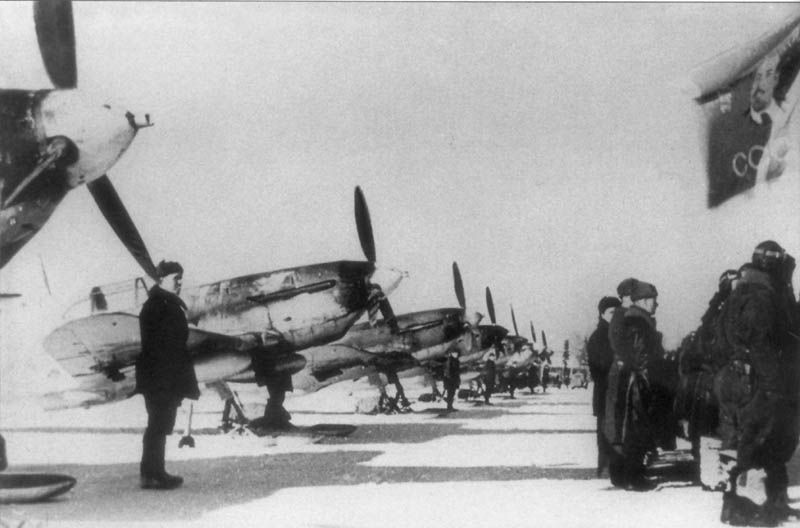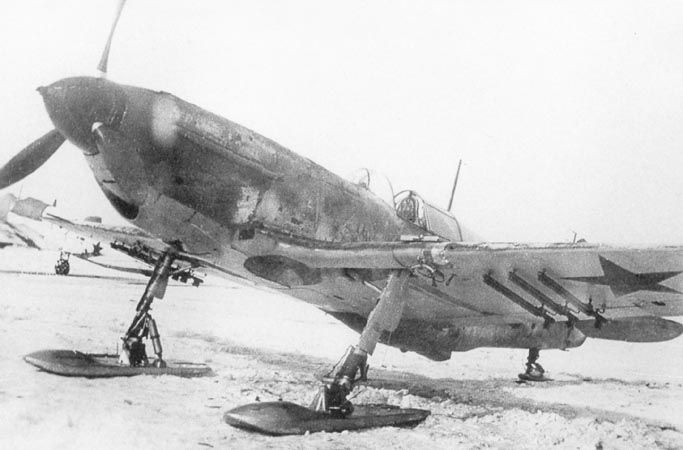
 |
|
#11
|
|||
|
|||
|
Most of the planes on the list exist as mods. It might be possible to get some new planes in the game by reaching out to modders, at least for content that meet's TD's standards.
|
|
#12
|
|||
|
|||
|
This will be more of a problem once we get cargo and patrol aircraft into the game.
Not only will IL2 have to add new types of missions, but also new objects appropriate to the new missions. Quote:
It would also be quite difficult for IL2 to handle actual rescue missions. How would the game determine how many survivors a plane can hold? How does it figure added mass from survivors, and the time needed for them to board the plane? Once aboard, can survivors be injured or killed by enemy fire? If the plane crashes, how do survivors bail out? Also, the game would have to make a lot of changes to water animations in order to simulate high seas, wave direction, and interactions between waves and floating objects. Quote:
Scout missions already exist within the game. Anti-Submarine Warfare and Artillery Spotting Missions would require some new objects and game programming. |
|
#13
|
|||
|
|||
|
I was just browsing an old website that I haven't visited in a few years and came across photos of LaGG-3 aircraft with skis. I'm assuming they were used in a ground attack role because most of them were equipped with rockets. There are photos showing later series 29 aircraft in 1942-43. I think it would be a good addition. Personally, I like attacking ground targets so I would enjoy having a LaGG with skis on the list.
Since we already have the LaGGs then it might be an easy fix to add skis to one of them (series 29?). Link: http://mig3.sovietwarplanes.com/lagg3/ski/ski.htm  
__________________

|
|
#14
|
|||
|
|||
|
Quote:
American PYB also see a lot of this kind of action. |
|
#15
|
|||
|
|||
|
Quote:
Luftwaffe and Regia Aeronautica ASR activity was remarkable in the MTO too.
__________________

|
|
#16
|
|||
|
|||
|
Quote:
I'll take your word that there were direct rescues in the Barents Sea. It seems a bit odd since there's ice for much of the year, and the cold water temperatures usually mean that water survival time is measured in minutes. No use risking an airplane and the lives of its crew just to pick corpses out of the water. But, I'm sure that some rescue planes crews took the risk and saved lives by doing so. On the Western Front, the waves in the North Sea, Bay of Biscay, and English Channel were often too high for rescue planes to land. But there were still many rescues - especially in the English Channel, with the He-115, Supermarine Walrus, and PBY Catalina doing most of the work. If IL2 ever decides to get into seaplane ops in the Mediterranean, an important aircraft to add to the wishlist is the CANT Z.501 Gabbiano. It was a real workhorse which suffered a lot of casualties. |
|
#17
|
||||
|
||||
|
Sea sate...... Just do a quick YouTube search on the Do24 and you be quite impressed with sea state it was able to operate in due to the blended outrigger hull design, the Do18 was also quite capable, but being that it's diesels where so under powered, getting back off was an issue, then again it was designed to operate with a support ship, where it was whinche on board for a catapult launch negating that issue.
__________________
Spud |
|
#18
|
||||
|
||||
|
Regarding waves as obstacles for a seaplane landing: it depends on local weather condition more than on particular area. Both Black Sea and West Med can be pretty rough. Waves are shorter than in the ocean and in "open" seas but high enough to cause a damage. Beaufort 9-10 winds and waves up to 6-9 m are not rare in those areas in winter period.
East Med is much calmer through most of year, especially in Levant - real safe haven. English Channel can be bad at Western approaches, but waves are much smaller in Dover Strait. Barentz probably was very tricky for seaplanes in winter. Ice helps to reduce waves, but... it's still ice. I wonder were they able to land in pancake ice conditions, for example. Besides the waves, wind speed should be taken into account, of course. And in autumn/winter period - icing effect which is real menace for small ships stability and can develop extremely fast under certain conditions (wind speed/temperature/humidity).
__________________
Q: Mr. Rall, what was the best tactic against the P-47? A: Against the P-47? Shoot him down! (Gunther Rall's lecture. June 2003, Finland) |
|
#19
|
||||
|
||||
|
Quote:
__________________
Spud |
|
#20
|
|||
|
|||
|
Add the He-59C-2 to the list of important ASR types. It was specifically designed as an ASR plane and was used from 1939-44 on all fronts.
It also occurs to me that rather than having a wish list which will eventually extend to every plane designed from 1930-1950, that it would be more useful to group planes and other units by year, map, and role to create "modules." For example, the "must have" list of planes for a Battle of France map is very different from the "must have" list for a 1942 Bay of Biscay map, a 1943 Yunnan China map, or a 1945 Berlin map. It might also be helpful to plane builders to designate which plane models shared identical cockpits or crew stations, or identical external models. That allows developers to focus work on planes which just need different cockpits or crew stations, or - even better - those which just require tweaks to FM and DM models. Last edited by Pursuivant; 01-31-2016 at 10:58 PM. |
 |
|
|